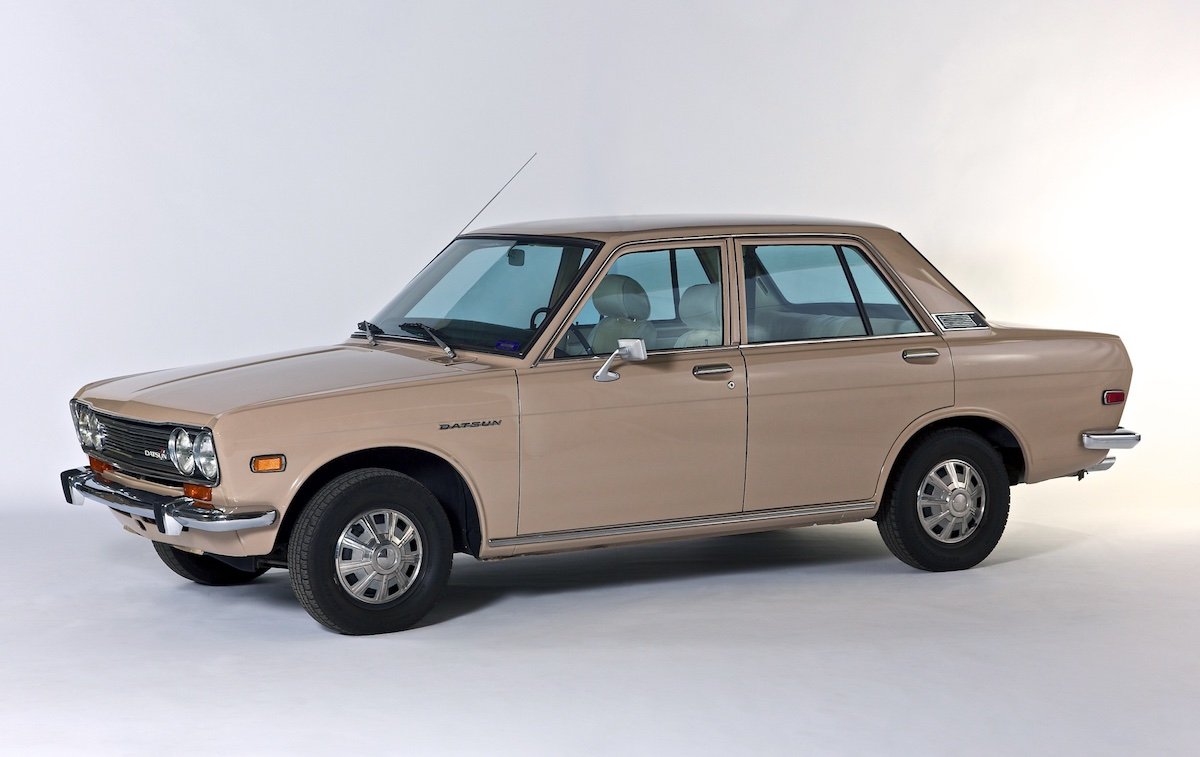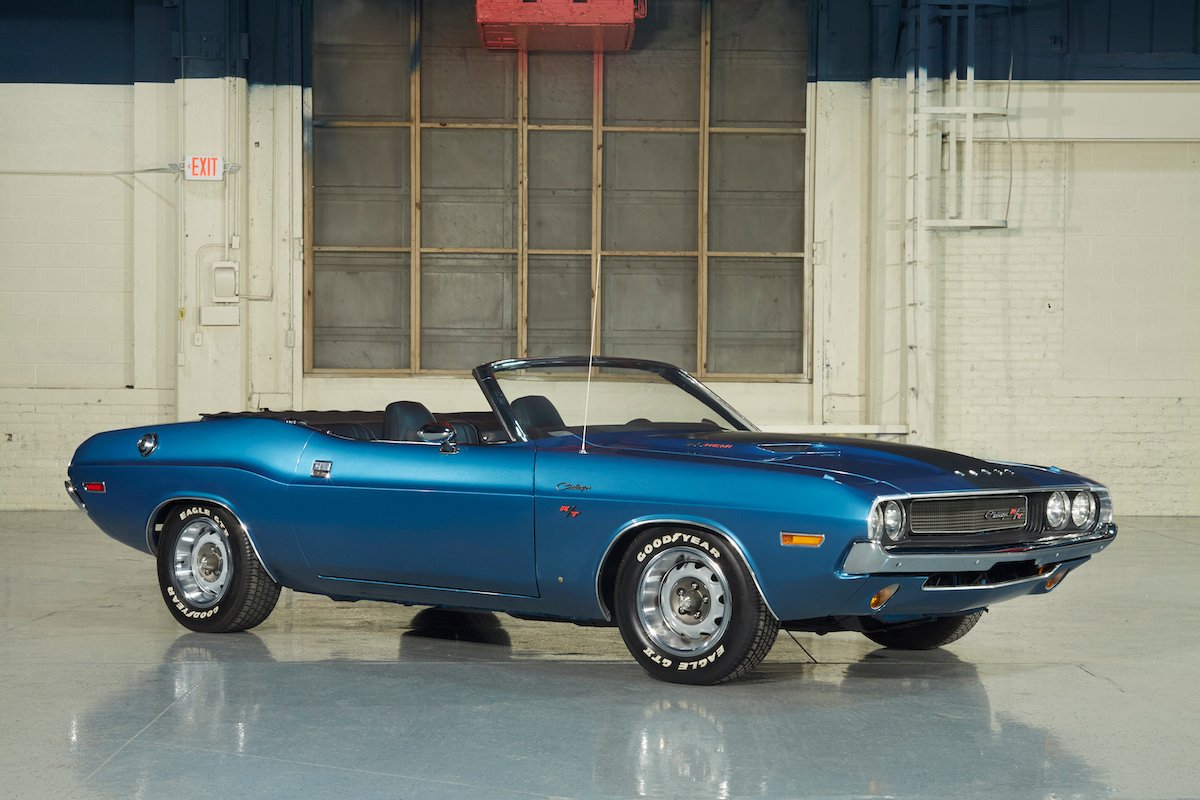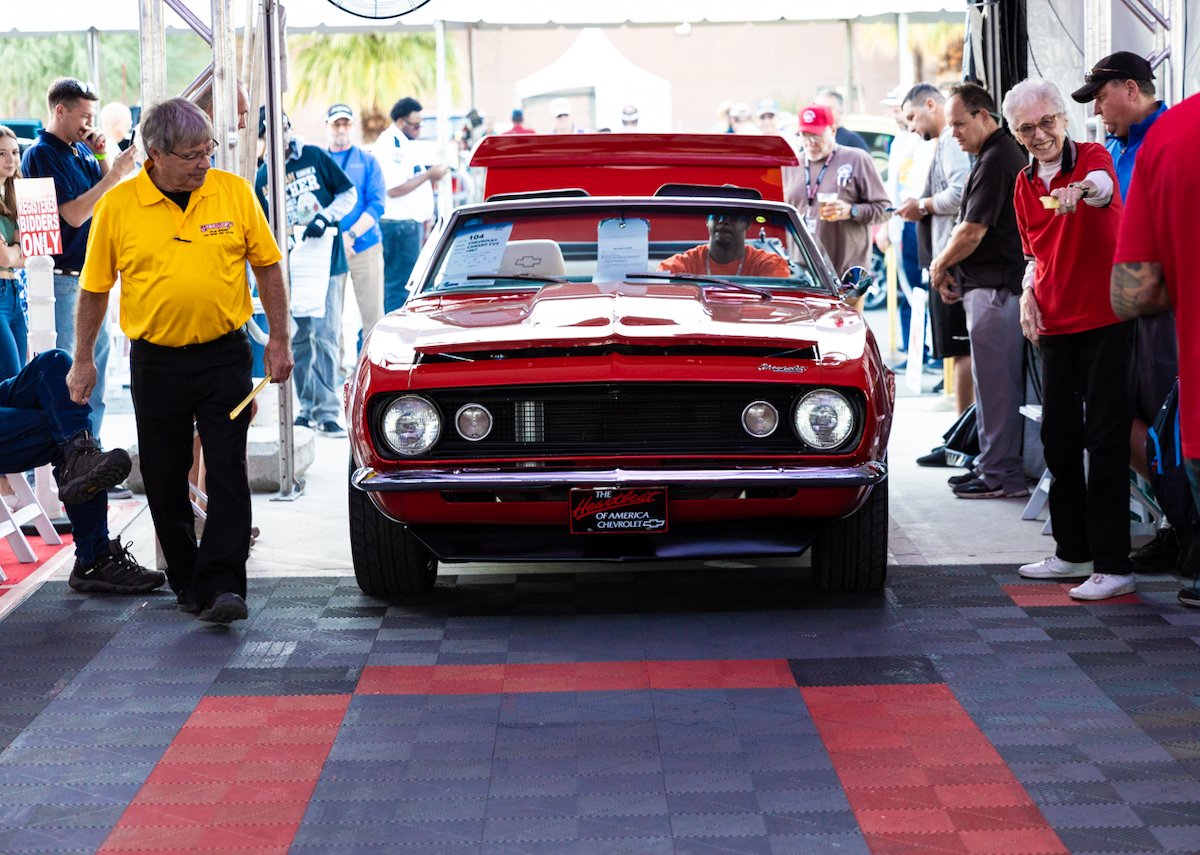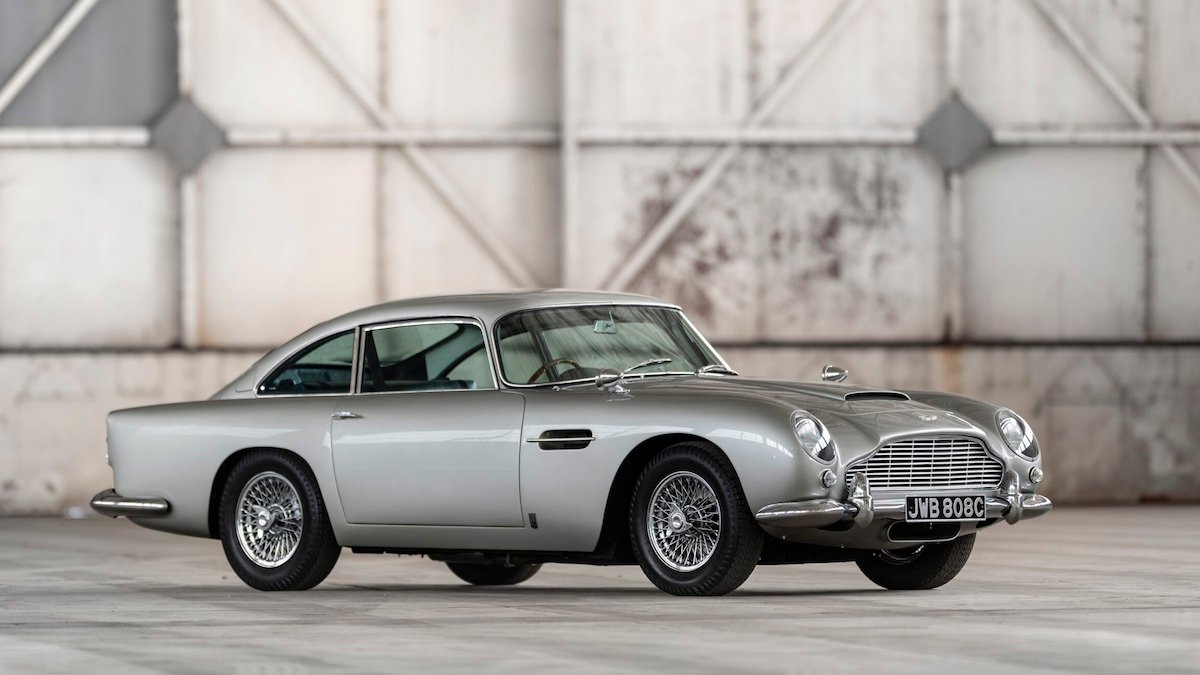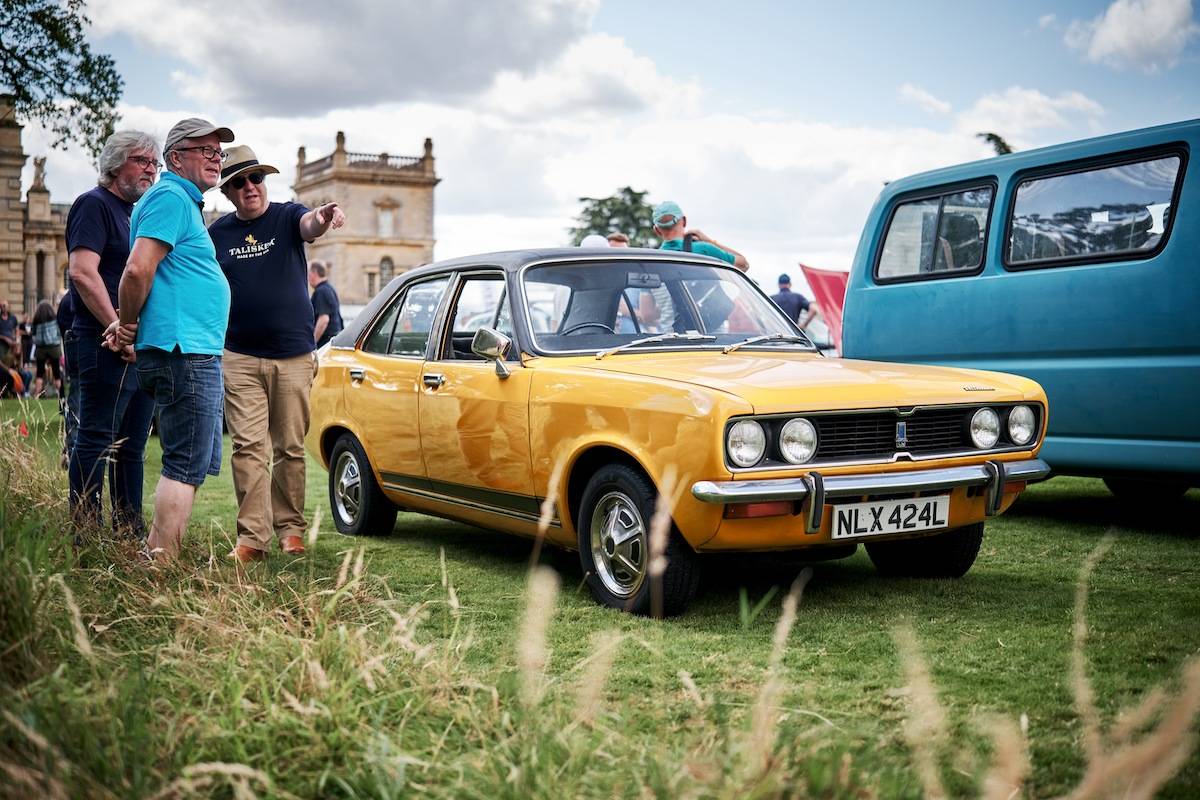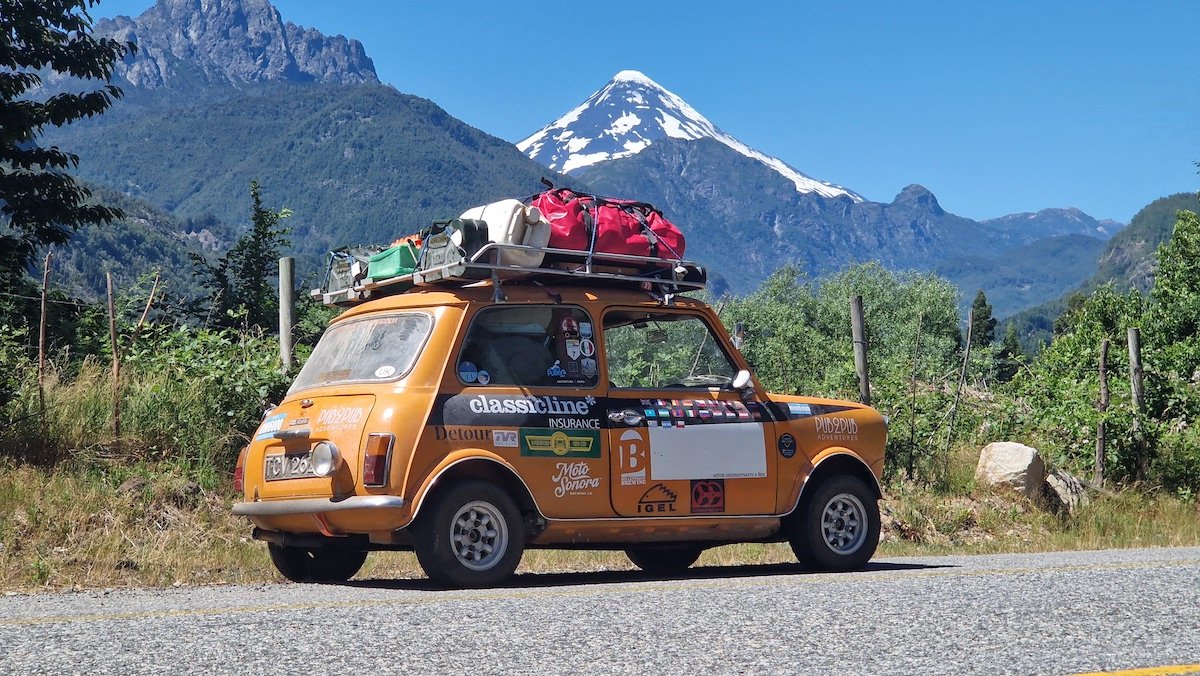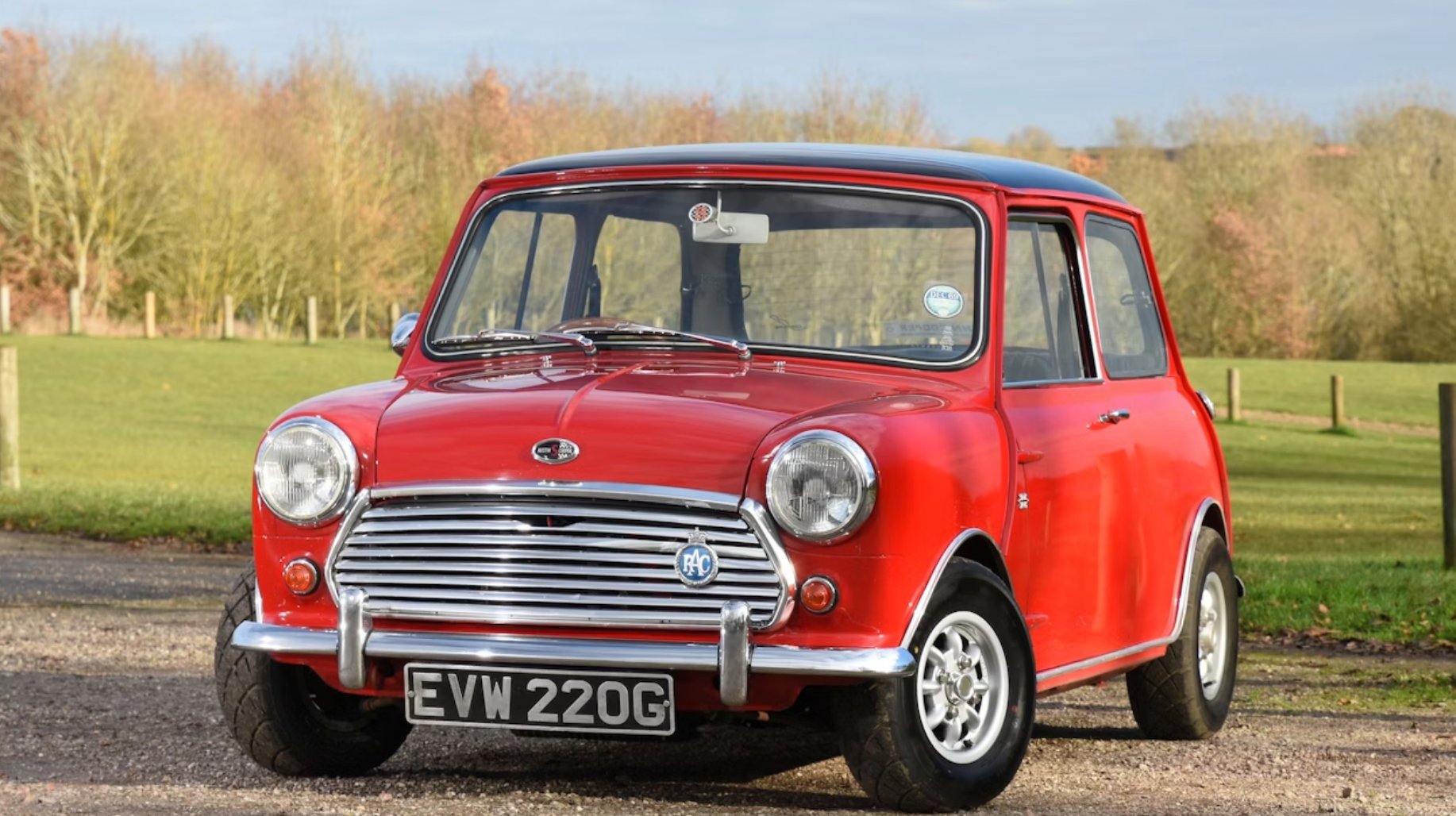
The BMC Mini changed motoring as we know it. Over 5.3 million Minis were built between 1959 and 1999 and no other small car design has utilised space more effectively.
With its compact proportions featuring a low overall height and relatively wide track, the Mini handled superbly and after joining forces in 1961 with racing car-maker Cooper, even more capable and powerful Mini Cooper and Cooper S versions appeared.

image: wheelsage.org
Australian production of the Cooper S began in 1965, using a larger 1275cc power unit that developed 56kW. Given the distances between fuel stations back then and the average speeds that could be legally maintained, twin fuel tanks were fitted to local cars for a total of 45 litres.
That extra capacity proved significant in 1966 when a horde of Mini Coopers dominated the Bathurst 500 Production Car race, requiring just one fuel stop where their bigger V8 counterparts needed more frequent fills.
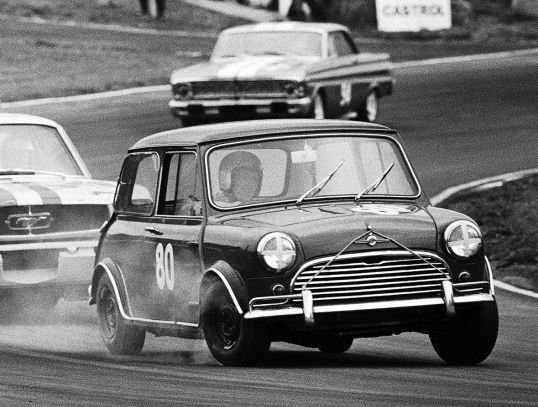
Image: wheelsage.org
As with all early Minis, the Cooper S interior was basic and functional. Seats in locally-built cars were trimmed in durable vinyl and there was no dash, just a parcel shelf with central gauges and a rudimentary heater hung below it. Front lap/sash seat belts were also included.
ere also included.
By 1969 the Mark 2 version had appeared, with plastic wheelarch extensions designed to ensure the cars’ drilled rims and radial tyres were fully covered. This was particularly important as Coopers were by then being used by Traffic police and drivers were complaining about being pulled over by cars that didn’t comply with the registration rules.
Locating a genuine Cooper S has become difficult and values have increased sharply since 2016. Cars once seen in droves at amateur motorsport meetings aren’t as common anymore, perhaps because they’re deemed too valuable.
Excellent and authentic examples of the Mini Cooper S make over $50,000 at auction and some retail prices have soared as high as $100,000.
As always, visiting car shows and talking to Mini owners and enthusiasts will offer opportunities to view good Coopers up close, and perhaps get early warning of a car coming up for sale.
Things To Watch Out For, When Buying a Used Mini Cooper S
Confirm via ID numbers and the Mini Club that you have a genuine Cooper S
Look for rust or damage to the floors, subframes and mounting points
Make sure the engine is a date correct 1275c – and hope nobody has nicked the Cooper S cam!
Listen for gearbox bearing whine and clicking which could indicate chipped gear teeth
The Cooper S doesn’t have Hydrolastic suspension but the rubber cones can still collapse
If the car won’t stay straight without steering correction the sub-frames may be misaligned
Water entering the electrics is a major problem. Check that all items work
Valuation Timeline Mini Cooper S
🛠️ Timeline
Investment Rating
8 / 10
Cliff Chambers

Get The Latest
Sign up for the latest in retro rides, from stories of restoration to community happenings.
